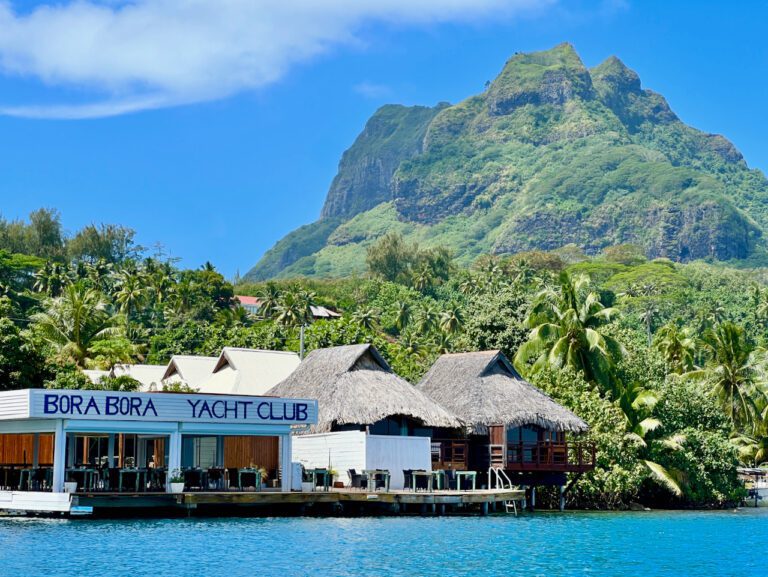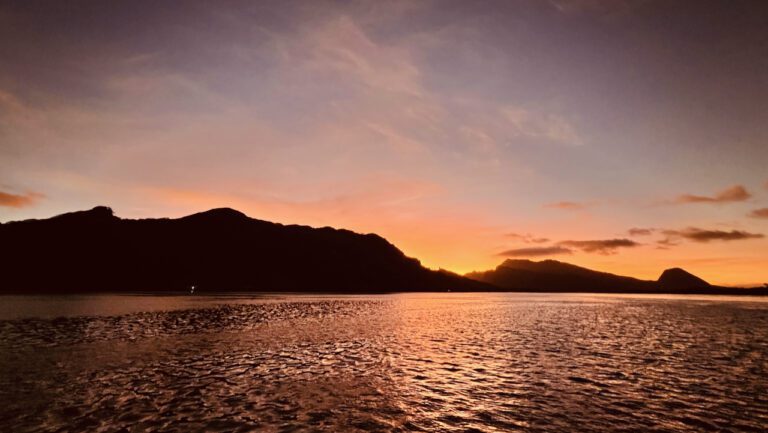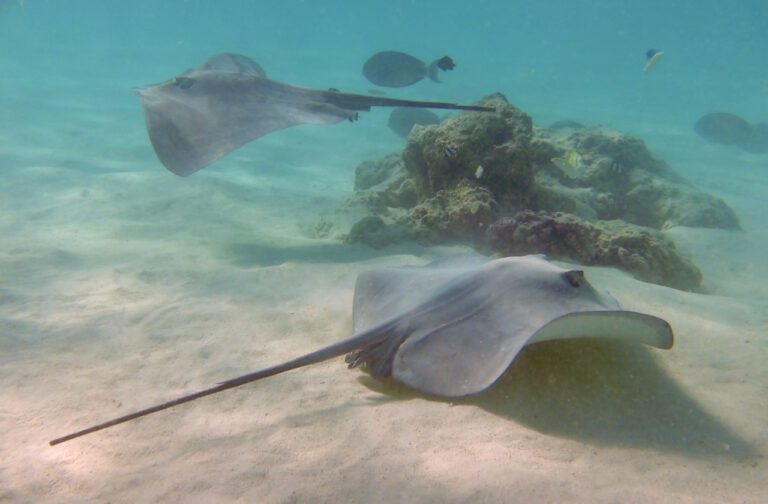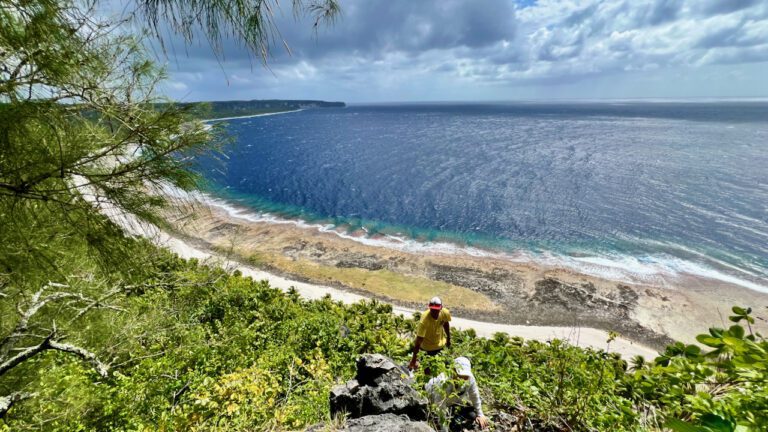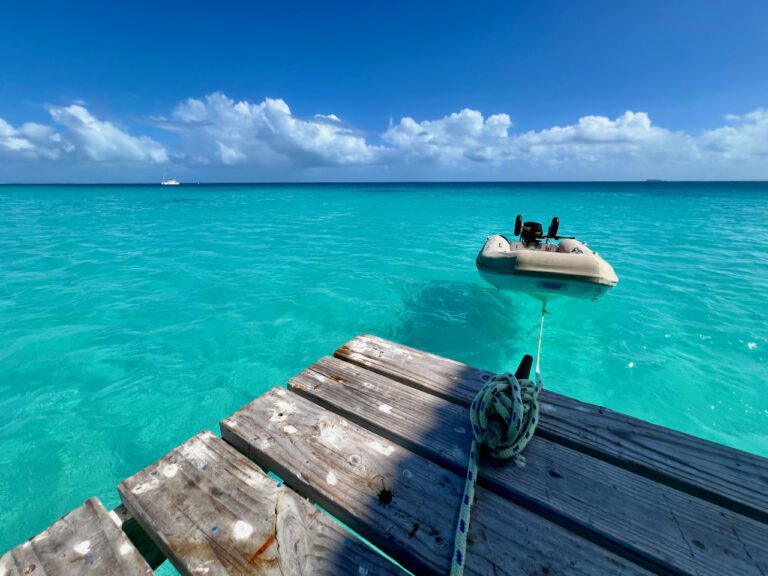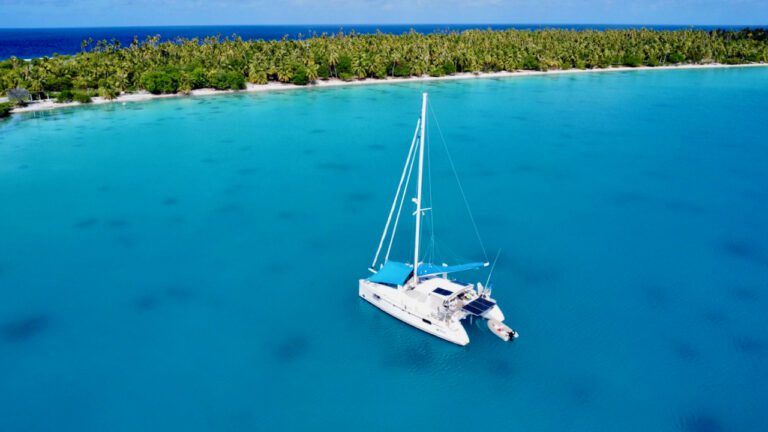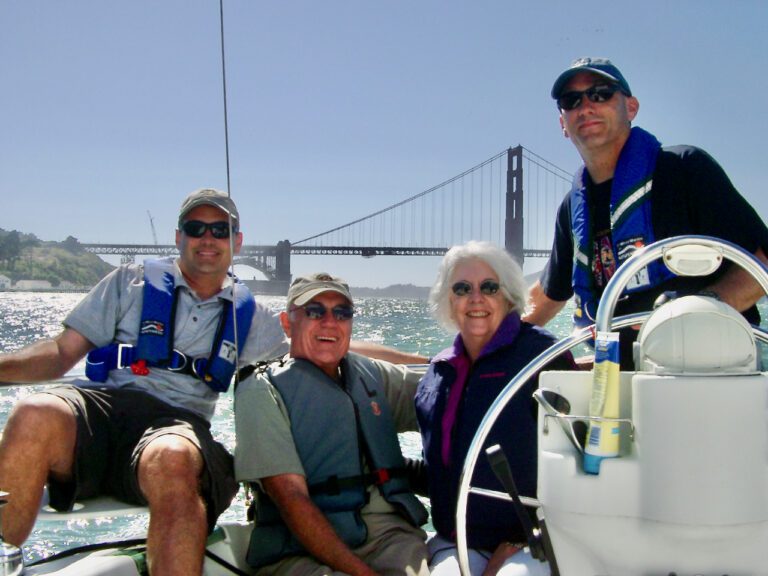Reflections on Season 2 in French Polynesia
As with most things in life, there is never a perfect time to embark on an adventure--changing jobs, changing cities, getting married, having kids, buying a house, starting a business, taking a sabbatical trip, or sailing the South Pacific. We often leave behind work opportunities, friends, kids, aging parents, a house that is slowly deteriorating. As Mark Twain famously said, "Twenty years from now you will be more disappointed by the things that you didn't do than by the ones you did. So throw off the bowlines. Sail away from the safe harbor. Catch the trade winds in your sails. Explore. Dream. Discover." I'm good with that.




